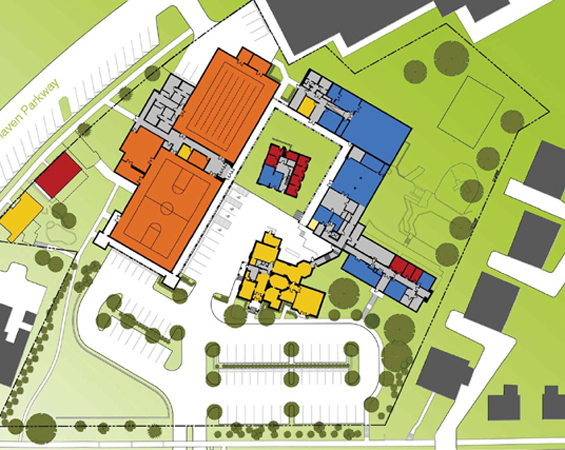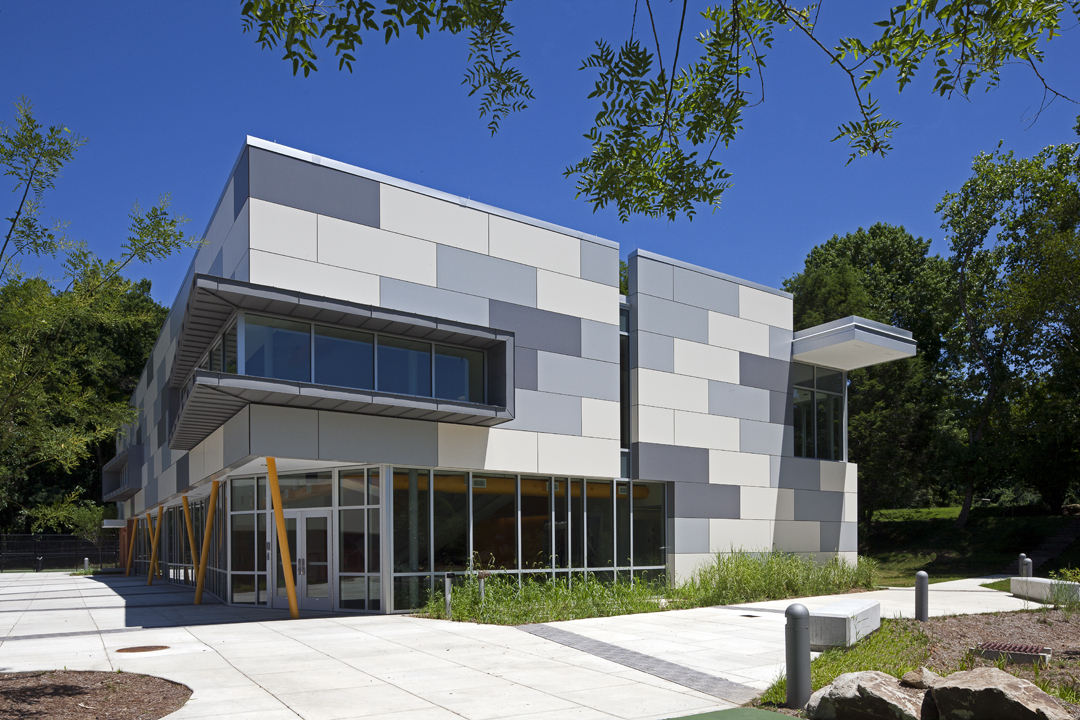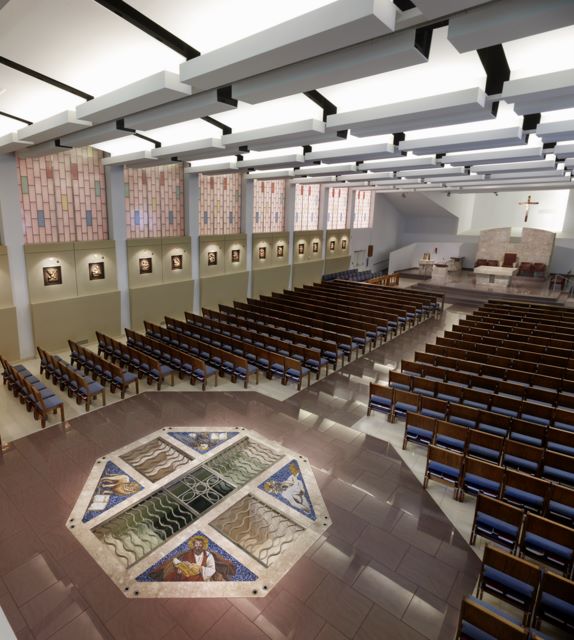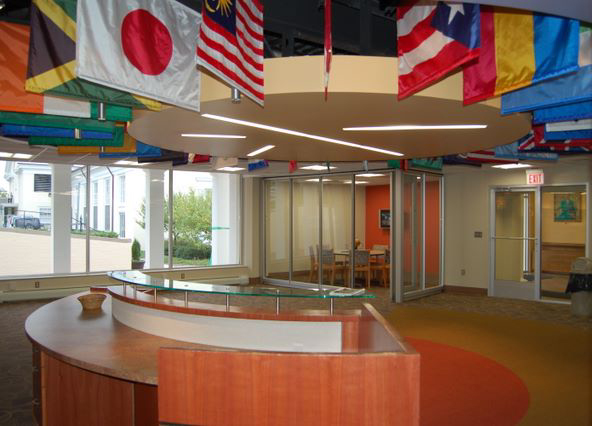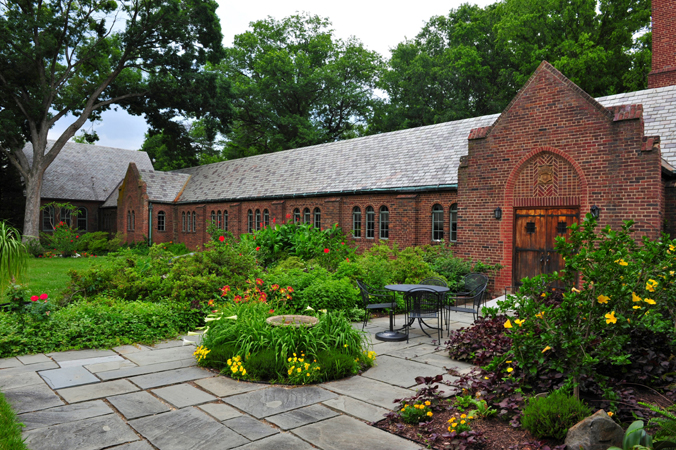Lab School Master Plan
[vc_row][vc_column][vc_column_text] The Lab School of Washington Washington, DC The Lab School of Washington serves students with learning differences through an experiential, art-based educational model that seeks alternatives to traditional classroom instruction. Despite this unique approach, much of its core academic space was being housed ad-hoc in a former dormitory building. In conjunction with their strategic planning, GBR was engaged to reevaluate and reimagine the school’s facilities to properly support its mission. This planning process began with a highly collaborative charrette that invited a broad cross section of stakeholders to imagine an ideal campus for The Lab School. At that same time, GBR performed a campus-wide space audit. Working with the client, a series of classroom prototypes and benchmarks were established to clearly delineate the delta between the current campus and the ideal state. The campus planning was guided by the need to create a clear and appropriate identity for each of the school’s three academic...
Continue Reading

